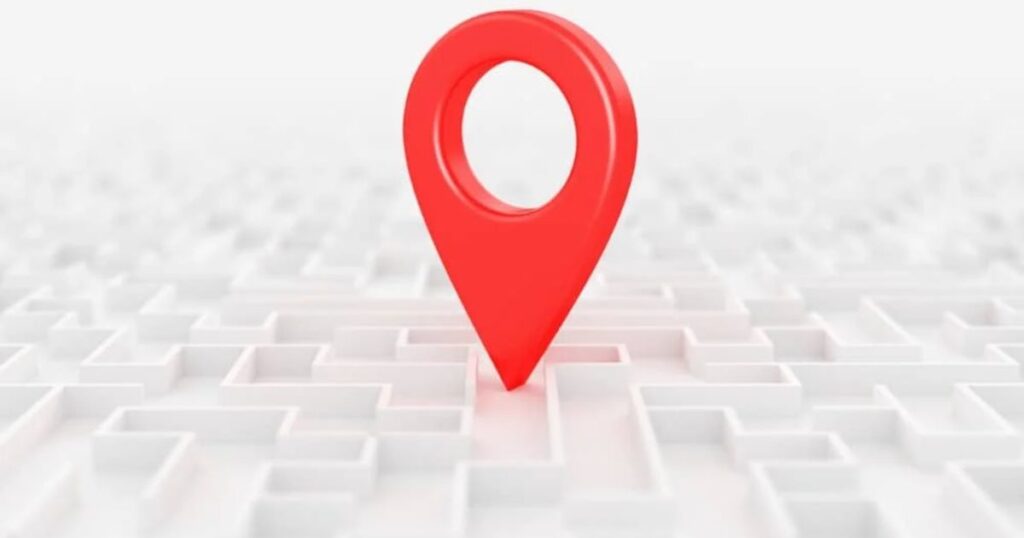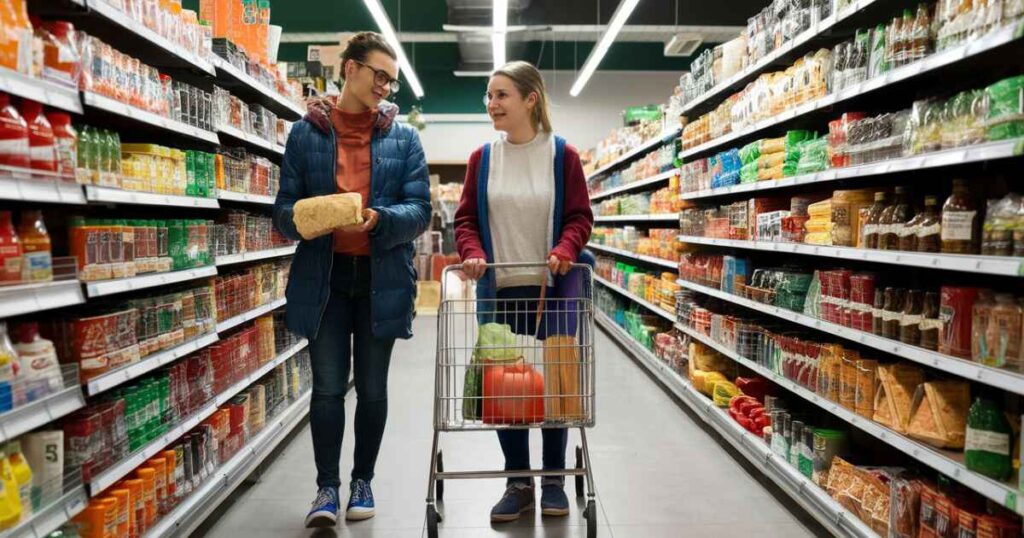A grocery keep is a retail established order that sells meals and household objects. It offers an extensive variety of products consisting of fresh produce dairy meat and cleaning substances. Grocery shops cater to the each day desires of clients offering convenient get admission to vital goods.
“Navigate To The Closest Grocery Store: A Comprehensive Guide” is your ultimate resource for finding nearby food retailers. Whether you’re in an unfamiliar area or simply looking for the quickest route, this guide will help you locate the nearest grocery store efficiently.
Grocery stores come in various sizes and formats, from small corner shops to large supermarkets. Many offer additional services like pharmacies, bakeries, and prepared food sections. Some specialize in organic or international products, while others focus on low prices.
Understanding Your Location

Knowing where you are is super important when trying to find a grocery store. It’s the first step in your search. You can use your phone to help you figure out where you are. Apps like Google Maps or Apple Maps can show your exact spot on a map.
If you’re in a new place, don’t be shy to ask people around you. They usually know where the closest stores are. If you’re staying at a hotel or Airbnb, the staff or host can be really helpful too. They can tell you how to get to nearby grocery stores and even suggest good times to go shopping.
Types of Grocery Stores
This table provides a quick overview of the different types of grocery stores available, helping readers understand their options when looking for the closest or most suitable store for their needs.
Here’s a simple table summarizing the types of grocery stores mentioned in the article:
| Type of Grocery Store | Description |
| Supermarkets | Large stores with a wide range of products |
| Specialty Stores | Stores focusing on specific products (e.g., organic) |
| Online Grocery Services | Services offering delivery or pickup options |
| Local Markets | Often open-air markets selling fresh produce |
| Convenience Stores | Small shops with basic groceries and essentials |
Planning Your Route
Once you know where you are and what kind of store you want, it’s time to plan how to get there. First, think about how you’ll travel. Will you walk, drive, take a bus, or maybe ride a bike? Choose what works best for you. If you’re driving, remember to think about traffic. Try to avoid busy times when roads are packed.
It’s also smart to have a backup plan. Sometimes, roads can be closed or super busy. So, try to think of another way to get to the store just in case. This way, you won’t get stuck if something unexpected happens. Planning ahead like this can make your trip to the grocery store much easier and faster.
Navigating to the Grocery Store

Using Apps:
Open a map app on your phone. Type in the name of the store or just “grocery store.” The app will show you how to get there. It’ll tell you when to turn and which streets to take. This is super easy and helpful.
Looking for Signs:
Keep an eye out for signs on the street. Sometimes, there are signs pointing to nearby stores. These can be really useful, especially if your phone isn’t working.
Checking Reviews:
Before you go, look up the store online. Read what other people say about it. This can help you know if it’s a good store. It can also tell you if the directions online are right.
Parking Strategies
Carpooling with Friends or Neighbors

Sharing a ride to the grocery store can be fun and helpful. Ask your friends or neighbors if they want to go shopping together. You can take turns driving each week. This way, you save money on gas and parking. Plus, it’s nice to have company while you shop.
Carpooling is also good for the environment. When more people ride in one car, there are fewer cars on the road. This means less pollution and traffic. It’s a great way to be friendly with your neighbors too. You might even make new friends while you shop for groceries.
Navigating to Ethnic Grocery Stores
Ethnic grocery stores are special places that sell food from different countries. They have items you might not find in regular stores. To find these stores, you can use your phone’s map app or ask people who like that kind of food. Sometimes, these stores are in areas where many people from that culture live.
When you go to an ethnic grocery store, you might see foods you’ve never tried before. Don’t be shy to ask questions. The people who work there are usually happy to help. They can tell you about new foods and how to cook them. It’s a great way to learn about other cultures and try new tasty things. These stores might be a bit farther away, so plan your trip carefully.
Frequently Asked Questions
How do I navigate to the closest grocery store if I’m in an unfamiliar area?
Use a maps app on your smartphone to search for nearby grocery stores. Enter “grocery store” and select the closest option. Follow the turn-by-turn navigation provided by the app.
What should I do if I can’t find a grocery store nearby using apps?
Ask locals for directions to the nearest grocery store. Look for signs or landmarks that might indicate a commercial area. Consider using a ride-sharing service to find a store in a wider radius.
How can I determine which type of grocery store is best for my needs?
Determine your specific needs (e.g., organic, budget-friendly, specialty items). Read online reviews to learn about store offerings and quality. Visit stores’ websites to compare product selections and prices.
What are the best times to visit a grocery store to avoid crowds?
Early mornings or late evenings are typically less crowded. Midweek days (Tuesday-Thursday) are often quieter than weekends. Avoid peak hours like after work (5-7 PM) and weekend afternoons.
How can I navigate to a grocery store if I prefer not to drive?
Use public transportation and plan your route using transit apps. Consider walking if the store is within a reasonable distance. Use bike-sharing programs or rent a bicycle for quicker travel.
Conclusion
Grocery stores, generation and nearby expertise are key resources. phone apps provide quick instructions, at the same time as locals can provide treasured insights. When choosing a shop, take into account your particular wishes and use online critiques for guidance. To keep away from crowds, shop at some point of off-height hours.
For those who prefer not to drive, public transportation, walking, or cycling are viable alternatives. Remember, flexibility and adaptability are crucial when grocery shopping in unfamiliar areas. With these strategies, you can efficiently find and navigate to the most suitable grocery store for your needs.

